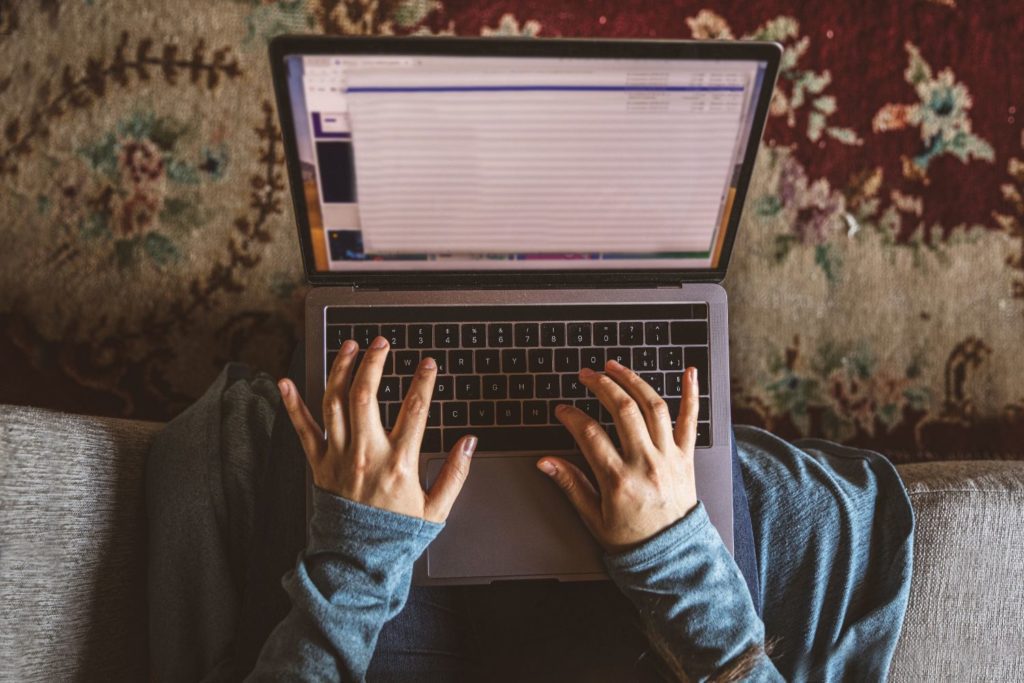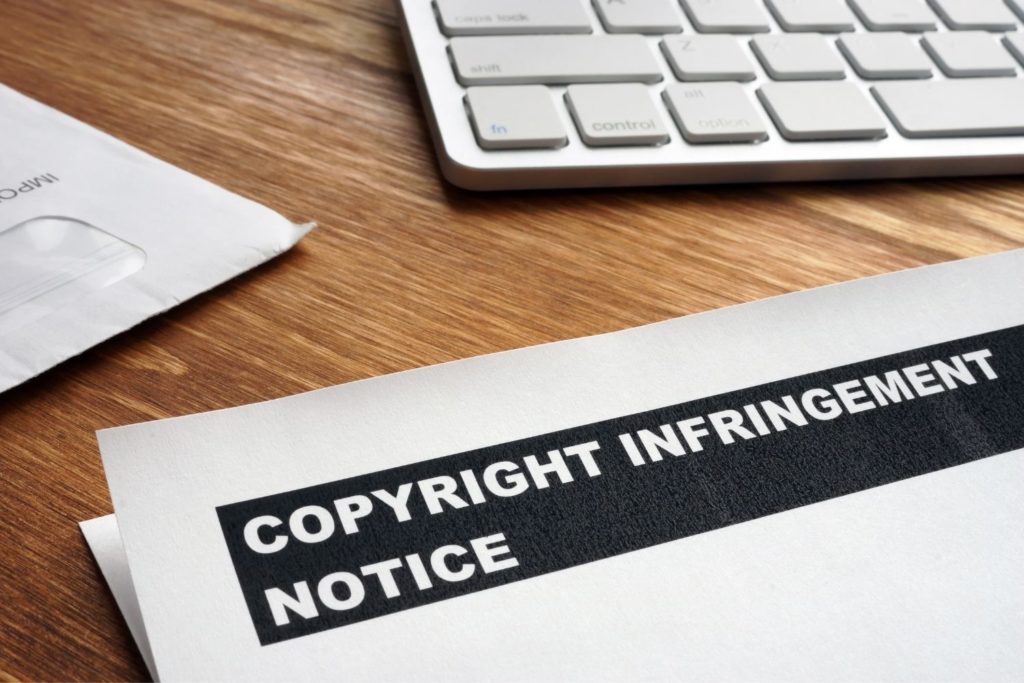Navigating the use of intellectual property (IP) can be tricky. Whether you’re working on a project, writing a book, or creating content, knowing when to ask for permission to use someone’s intellectual property is crucial to avoid legal issues and respect creators’ rights.
In this post, we’ll explore the signs that it’s time to seek permission, how to properly request it, and best practices for ensuring clear and respectful communication. So, grab your notebook, get comfortable, and let’s dive into the world of intellectual property!
Important Reminder
This guide provides general information about intellectual property and seeking permission. However, it is not a substitute for professional legal advice. Always consult a qualified attorney for specific legal concerns and questions.
Signs It’s Time to Ask for Permission
Using Copyrighted Material
If you plan to use copyrighted material such as books, music, images, or films, it’s essential to seek permission from the copyright holder. This is especially important if your use is not covered by fair use or other exceptions.
Reproducing or Modifying Content
When you want to reproduce, modify, or adapt someone else’s work, you need to obtain permission. This includes creating derivative works, translating content, or incorporating parts of it into your own work.
Commercial Purposes
If you intend to use someone else’s intellectual property for commercial purposes, such as in advertisements, products, or services, you must seek permission to avoid legal repercussions and respect the creator’s rights.
Public Performance or Display
For public performances or displays of copyrighted material, such as playing music at an event or showing a movie, you need to obtain the appropriate licenses and permissions.
Uncertain Usage Rights
If you’re unsure whether your intended use falls under fair use or other exceptions, it’s safer to seek permission. This helps avoid potential legal issues and ensures you’re respecting the creator’s rights.
Preparing to Ask for Permission
Identify the Rights Holder
Determine who holds the rights to the intellectual property you want to use. This might be the creator, a publisher, or a licensing agency. Contact information is often available on the copyright notice or through a simple online search.
Understand Your Usage
Clearly define how you intend to use the intellectual property. Be specific about the nature of your project, how the material will be used, and the scope of its distribution.
Research Licensing Requirements
Some intellectual property may have specific licensing requirements. Research these to understand what permissions you need and any potential costs associated with licensing.
Gather Supporting Information
Prepare any relevant information that supports your request. This can include a description of your project, your audience, and how the use of the intellectual property will enhance your work.
How to Ask for Permission
Contact the Rights Holder
Reach out to the rights holder via email, letter, or through their official website. Be sure to use a professional and respectful tone in your communication.
Be Clear and Specific
In your request, be clear and specific about what you want to use, how you plan to use it, and the duration of use. Providing detailed information helps the rights holder understand your request and make an informed decision.
Explain the Purpose
Explain why you want to use their intellectual property and how it will benefit your project. Highlight any mutual benefits, such as increased exposure or promotional opportunities for their work.
Offer Compensation
If applicable, offer compensation for the use of the intellectual property. This can include licensing fees or royalties. Being upfront about compensation can facilitate a positive response.
Follow Up
If you don’t receive a response within a reasonable time frame, follow up politely. Sometimes, rights holders are busy or may have missed your initial request.

Common Mistakes to Avoid
Assuming Fair Use
Don’t assume your use falls under fair use without proper research. Fair use is a complex legal doctrine with specific criteria, and misinterpretation can lead to legal issues.
Ignoring Attribution
Even with permission, always provide proper attribution to the creator. Acknowledging the source is not only a legal requirement but also a mark of respect for the creator’s work.
Using Without Permission
Never use intellectual property without explicit permission unless it is clearly in the public domain or covered by an applicable exception. Unauthorized use can result in legal action and damage your reputation.
Being Vague
Vague or incomplete requests are less likely to be approved. Ensure your request is detailed and specific to give the rights holder a clear understanding of your intentions.
Not Following Up
If you don’t hear back, don’t just assume permission. Follow up politely to ensure your request has been received and considered.
Asking for permission to use someone’s intellectual property is a crucial step in respecting creators’ rights and avoiding legal issues. By recognizing the signs that it’s time to seek permission, preparing thoroughly, and communicating effectively, you can ensure a smooth and respectful process. Remember, respecting intellectual property not only protects you legally but also fosters a culture of appreciation and integrity in the creative community.

